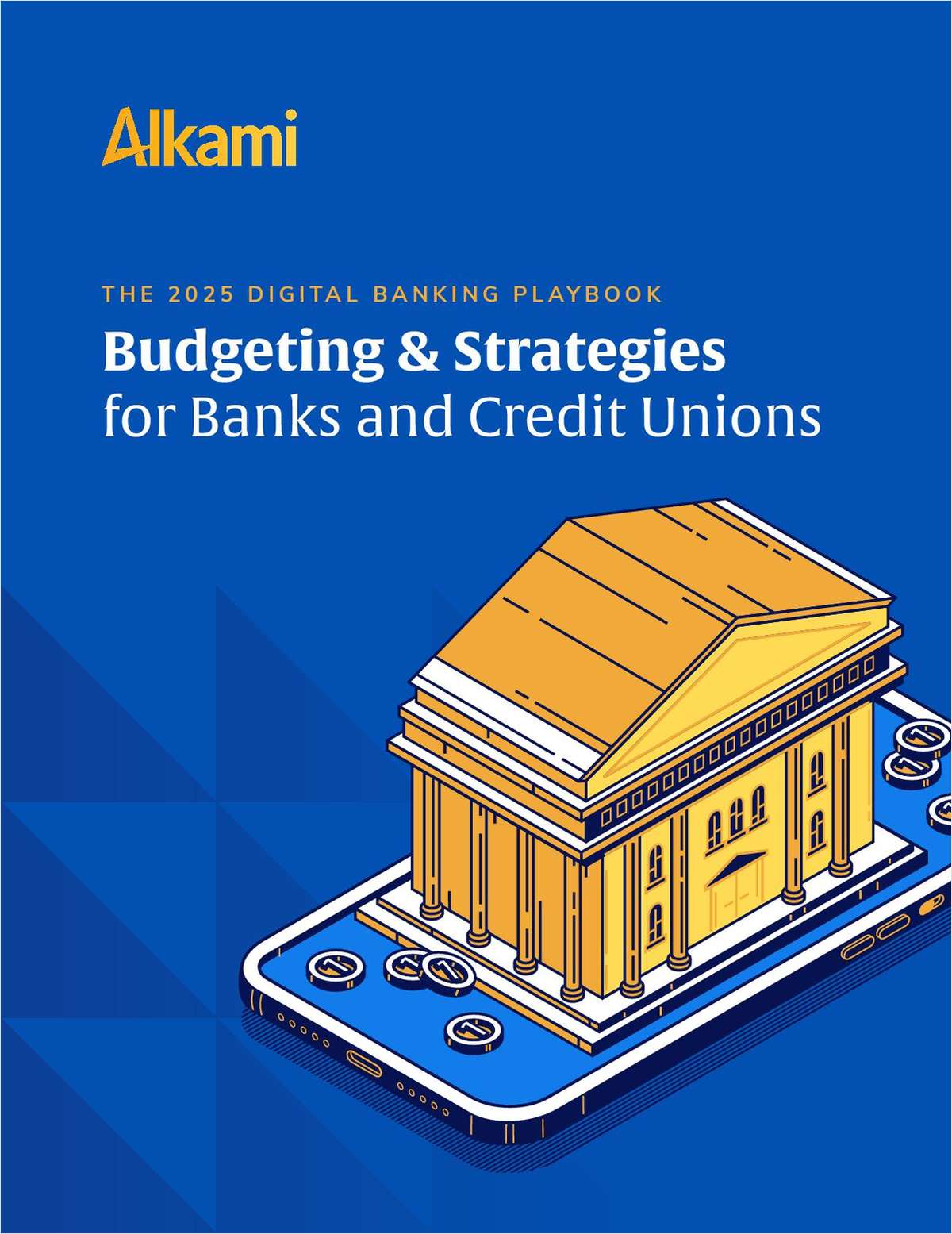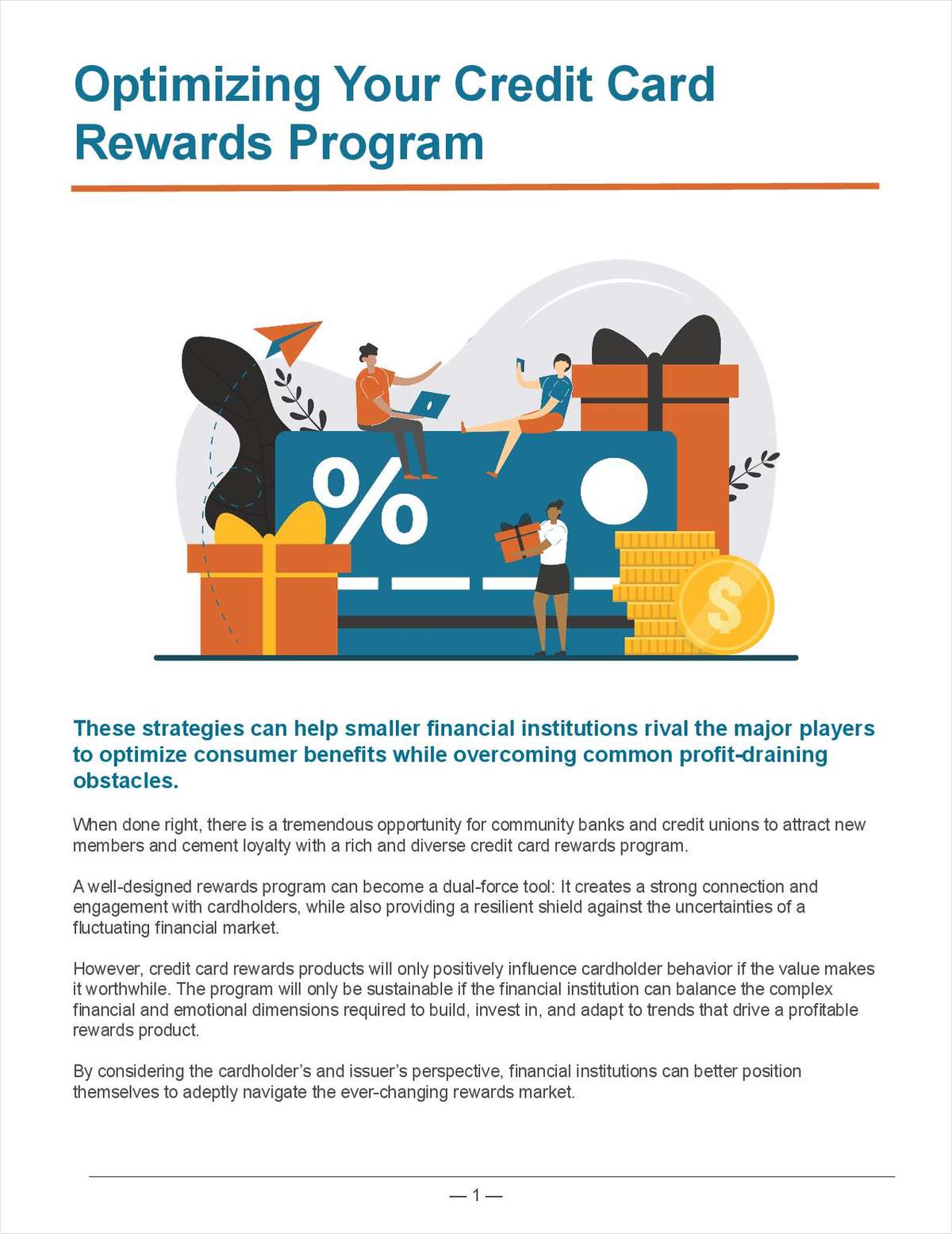ARLINGTON, Va. – Although difficult to document through statistics, shared branching, the ability of credit unions to network together to offer their services through other credit unions, has steadily and quietly been making a greater impact in the business operations and member services of thousands of CUs nationwide. “I know that shared branching has meant that we have either retained members we might have lost or gained members that we might never have seen,” said Jennifer DeChant, marketing director for the $97 million Five County Credit Union, headquartered in Bath, Maine. “Of course we have had the sorts of predictable members who have been interested in shared branching,” she explained, “meaning the snowbirds who winter in warmer places and like being able to keep their access to credit union services and accounts. But we also have members who benefit locally and who never really travel that far.” DeChant related how numbers of members from shared branching credit unions have benefited from the extended hours and increased access provided by Five County's branch in a local Wal-Mart Super Center. “We have had members who have let us know how grateful they have been to be able make deposits or loan payments on a Saturday or after regular hours,” DeChant said. In one case, DeChant reported, a member who is a student across the state had neglected to make a loan payment and called the credit union in some anxiety on a Friday, seeking instructions on how to wire the money. DeChant explained about shared branching, identified a shared branch nearby and he was able to make the payment easily. “Shared branching really makes credit unions competitive on the local level,” she said. “It's our way of having a presence convenient to our members without having to make hefty capital investments.” Five County has been pleased enough with the demand at the Wal-Mart Super Center branch that it has others in the works, DeChant reported. Synergent, the CUSO that operates the shared branching network for the Maine Credit Union League, reported that eight credit unions around the state have begun shared branching, giving the network 19 branches in 13 cities statewide. Monthly transactions have been running over 2,500 as the network has grown in size and popularity. One theme in many of the stories has been the way shared branching has enabled member credit unions to help members who are otherwise isolated by geography or events. Sharlene Begnaud, the director of Louisiana's shared branching network, related a story of help in one of the recent hurricanes. Working in a shared branch service center, located right off of Interstate 10, a major evacuation route, Begnaud heard a young lady crying because she could not withdraw money from her account. Her credit union belonged to the shared branching network, but her account was new and the withdrawal was not allowed. Of course, because of the approaching storm, the credit union had closed. Begnaud was able to call the member credit union's CEO, herself in evacuation traffic, explain the situation and get instructions to advance the young woman the money she needed and the details of the transaction were completed after the storm had passed. The Best Kept Secret? Despite the steady growth in shared branching, it appears that many credit union members whose credit unions belong to shared branching still don't know about the power that shared branching networks bring them. Craig Beach, vice president of marketing for Credit Union Service Corporation, one of the nation's three shared branching networks, said he would not necessarily consider shared branching the industry's best kept secret but acknowledged that it can be hard to bring credit union members up to speed on the idea. Part of the problem may be that shared branching is unique to credit unions, he noted. Customers of large banks are familiar with having many bank branches relatively close by, but very few would expect to be able to walk up to another bank's branch and receive service, he explained, so there is the barrier of having to explain a new concept to many credit union members. He also observed that not all credit union members are going to need shared branching consistently and the members who don't need it every day may forget about it or not take the time to find out about it. “It's the credit union members who need it that are among our most committed fans and users,” he said. Gail Richardson, CEO of the $89 million Midcoast FCU, also headquartered in Bath, recalled one of those members. The member was part of the military and was sent to Texas temporarily, where he lost his ATM card. Through shared branching, the member was able to access his account on that day without having to wait for a new ATM card to arrive. But once members begin to understand the concept it proves very popular and does not stay secret for long. Terry Hardy, CEO of the $33 million Med Com FCU, headquartered in Decatur, Georgia, reported that shared branching had helped his credit union keep a local feel even with members who were moving around the country. Med Com had only 5,000 members when it began to use shared branching five years ago, he said, and now the CU has 10,000 “We have members who have moved to Colorado, Washington State, California and many others that kept their accounts with us and continue to use us as their PFI because they can access us via shared branching,” Hardy said. “I feel it has definitely contributed to our growth over the past five years and I think it is key to our growth in the future.” Marty Auxter, a representative of the Ohio Credit Union League Services Corporation observed that shared branching may be one of most cost effective improvements a credit union can make. “On average, an Ohio credit union can get into shared branching for less than the cost of a used car,” Auxter said. “This expenditure, which is based in-part on the CU's data processor, gives the CU's members access to more than 1,500 locations nationally, where they can conduct up to ten different live transactions.” -
Complete your profile to continue reading and get FREE access to CUTimes.com, part of your ALM digital membership.
Your access to unlimited CUTimes.com content isn’t changing.
Once you are an ALM digital member, you’ll receive:
- Breaking credit union news and analysis, on-site and via our newsletters and custom alerts
- Weekly Shared Accounts podcast featuring exclusive interviews with industry leaders
- Educational webcasts, white papers, and ebooks from industry thought leaders
- Critical coverage of the commercial real estate and financial advisory markets on our other ALM sites, GlobeSt.com and ThinkAdvisor.com
Already have an account? Sign In Now
© 2025 ALM Global, LLC, All Rights Reserved. Request academic re-use from www.copyright.com. All other uses, submit a request to [email protected]. For more information visit Asset & Logo Licensing.









